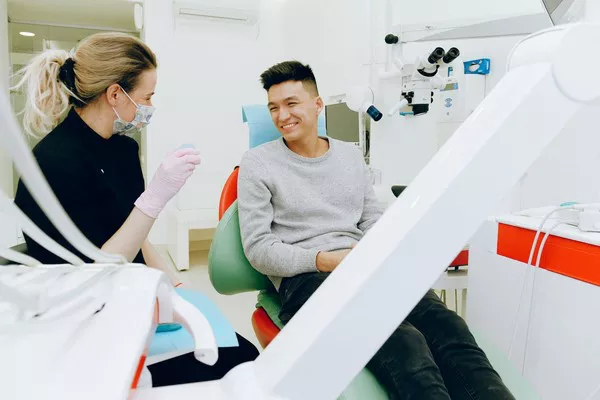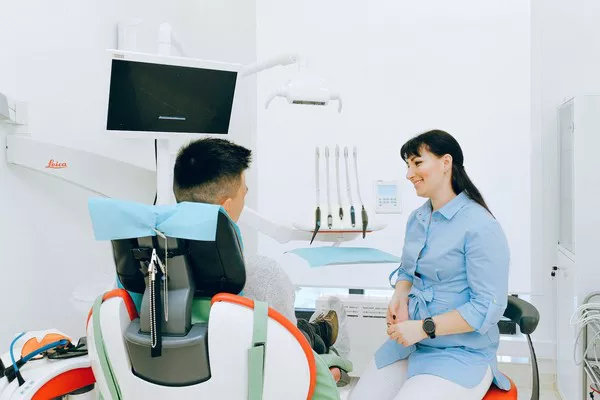In the quest for a brighter, whiter smile, individuals often explore various teeth whitening methods and technologies. One such approach that has gained popularity in recent years is the use of teeth lights. These devices claim to enhance the effectiveness of teeth whitening treatments, but do they truly deliver the promised results? In this article, we will unravel the truth behind teeth lights by exploring their purpose, scientific evidence, potential benefits, and considerations for use.
Understanding the Purpose of Teeth Lights
Teeth lights, also known as LED lights or blue lights, are supplementary devices used in conjunction with teeth whitening treatments. This section will discuss the purpose and mechanics of teeth lights:
Activation of Whitening Agents:
Teeth lights emit a specific wavelength of light, typically blue light, which is believed to activate the whitening agents present in teeth whitening gels or strips. The light energy is thought to accelerate the chemical reactions involved in the whitening process.
Enhanced Penetration:
Proponents of teeth lights claim that the light helps the whitening agents penetrate the tooth enamel more effectively, resulting in faster and more dramatic whitening results.
Scientific Evidence and Efficacy
To evaluate the effectiveness of teeth lights, it is important to consider scientific evidence and studies conducted in this field. This section will delve into the research behind teeth lights:
Limited Scientific Consensus:
While there are numerous anecdotal reports supporting the use of teeth lights, scientific studies on their efficacy have yielded mixed results. Some studies suggest that the use of light activation may provide modest improvements in teeth whitening outcomes, while others indicate minimal or no added benefits compared to whitening treatments alone.
Potential Placebo Effect:
It is essential to acknowledge that the perceived effectiveness of teeth lights may be influenced by the placebo effect, where individuals believe that the light is enhancing the whitening process even if the actual impact is minimal. The psychological factor of believing in the efficacy of a treatment can create a subjective perception of positive results.
Potential Benefits and Considerations
While scientific evidence may be inconclusive, there are some potential benefits and considerations associated with teeth lights. This section will explore these aspects:
Psychological Satisfaction:
The use of teeth lights during whitening treatments may provide individuals with a sense of active participation and engagement in the process. This involvement could enhance their satisfaction and confidence in the treatment outcomes.
Marketing and Consumer Demand:
Teeth lights have become popular due to aggressive marketing campaigns and consumer demand for advanced whitening methods. The perception of using modern technology for teeth whitening can be appealing and contribute to the overall consumer experience.
Cost and Accessibility:
Teeth lights are relatively accessible as they can be purchased over-the-counter or obtained as part of at-home teeth whitening kits. They are often more affordable compared to professional whitening treatments, making them an attractive option for individuals seeking cost-effective solutions.
Other Factors Affecting Whitening Results
While teeth lights may have their merits, it’s important to recognize that the effectiveness of any teeth whitening treatment depends on various factors beyond the use of supplementary devices. This section will highlight additional factors that influence whitening results:
Initial Tooth Color and Stains:
The natural color of an individual’s teeth and the type of stains present can significantly affect the outcome of teeth whitening treatments. Some stains, such as those caused by certain medications or internal tooth discoloration, may not respond well to traditional whitening methods, including those accompanied by teeth lights.
Professional Supervision:
For optimal safety and effectiveness, it is recommended to seek professional dental advice before undergoing any teeth whitening treatment, including those involving teeth lights. Dentists can assess the condition of your teeth, recommend suitable whitening options, and provide personalized guidance.
Compliance with Instructions:
Consistency and adherence to instructions are crucial for achieving desired whitening results. Whether using teeth lights or any other whitening method, following the recommended treatment duration, frequency, and application techniques is essential.
Conclusion:
While teeth lights have gained popularity as a supplementary tool for teeth whitening, their actual efficacy is still a subject of debate.
Related Topics:





























